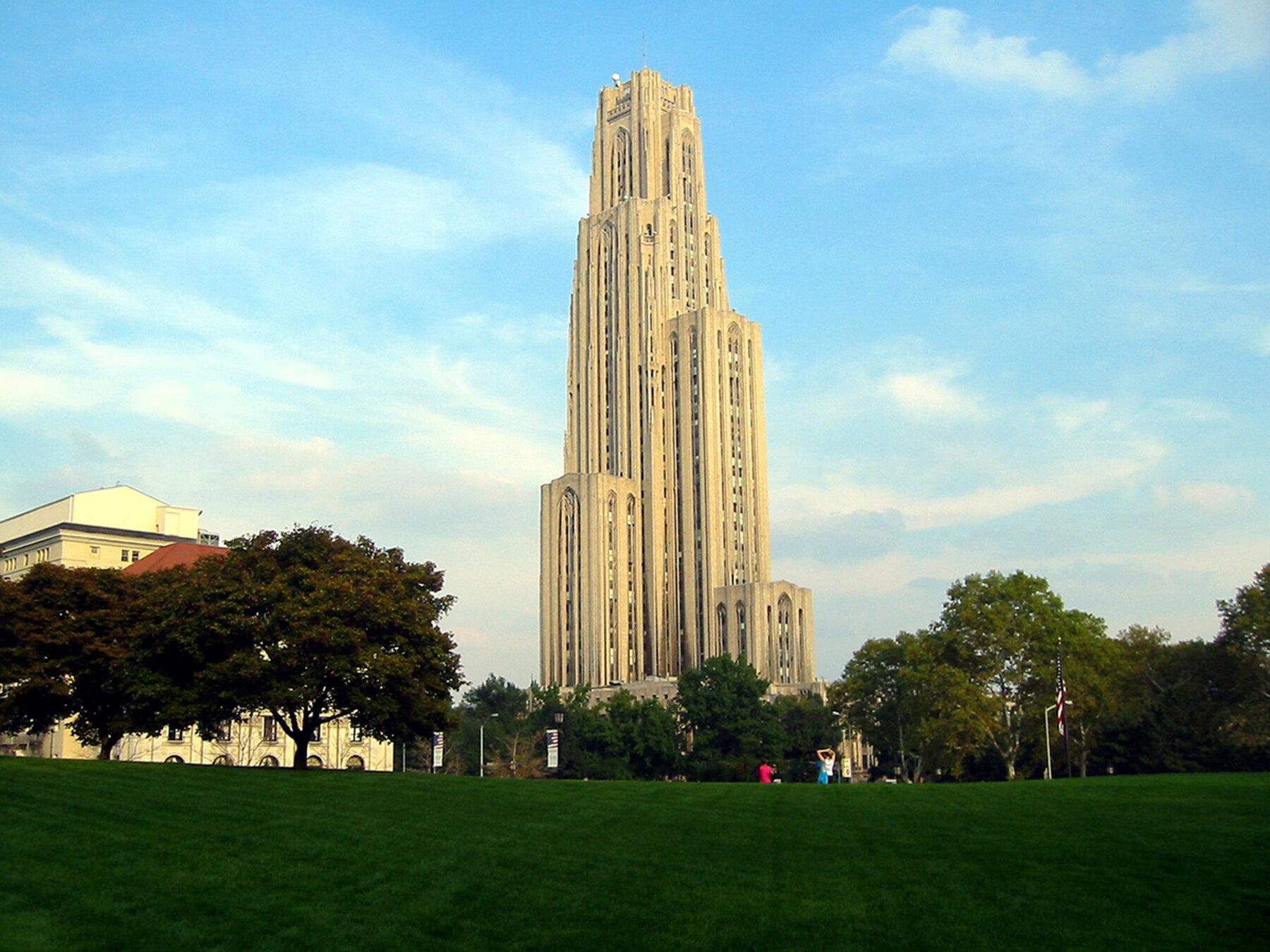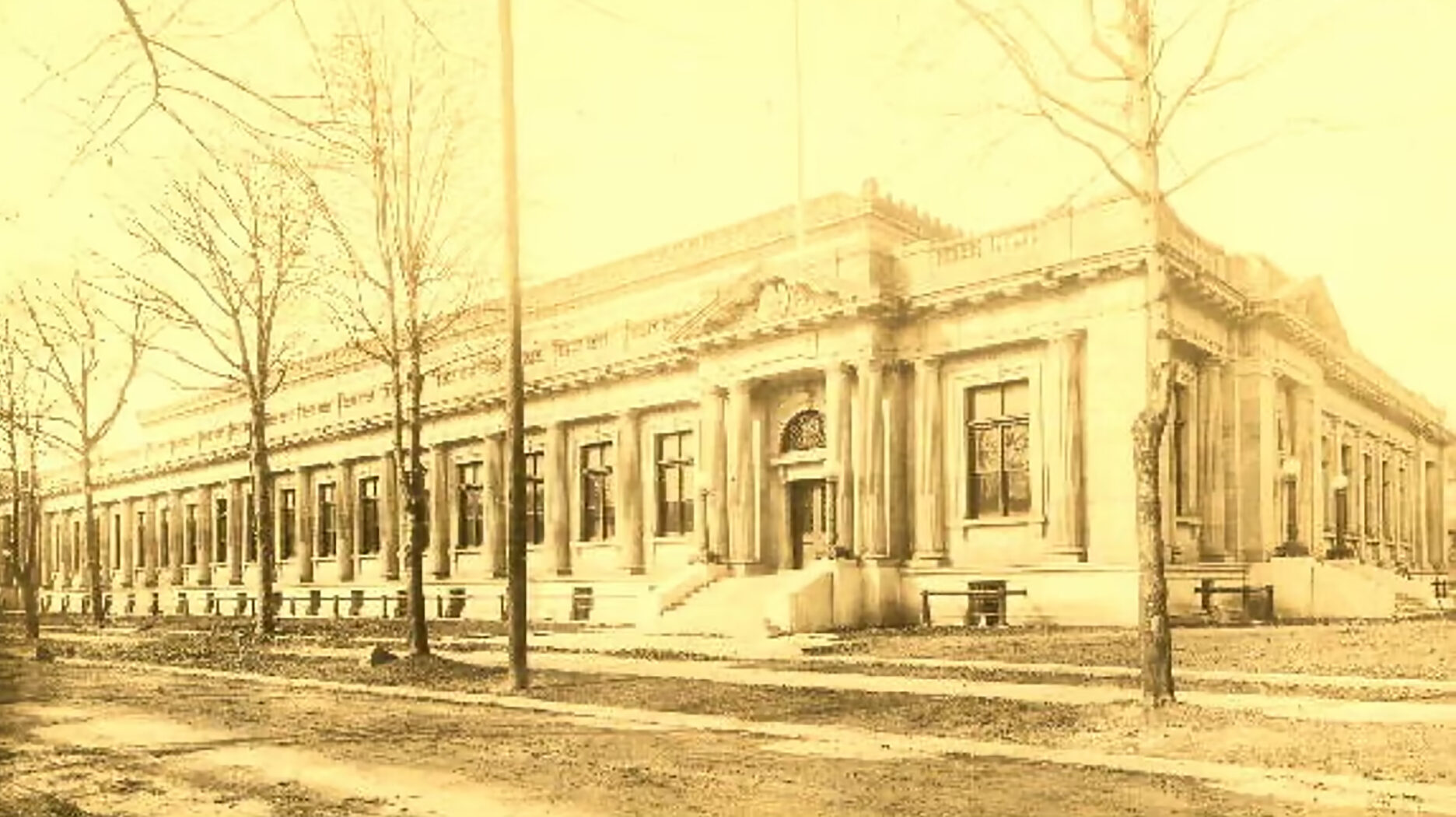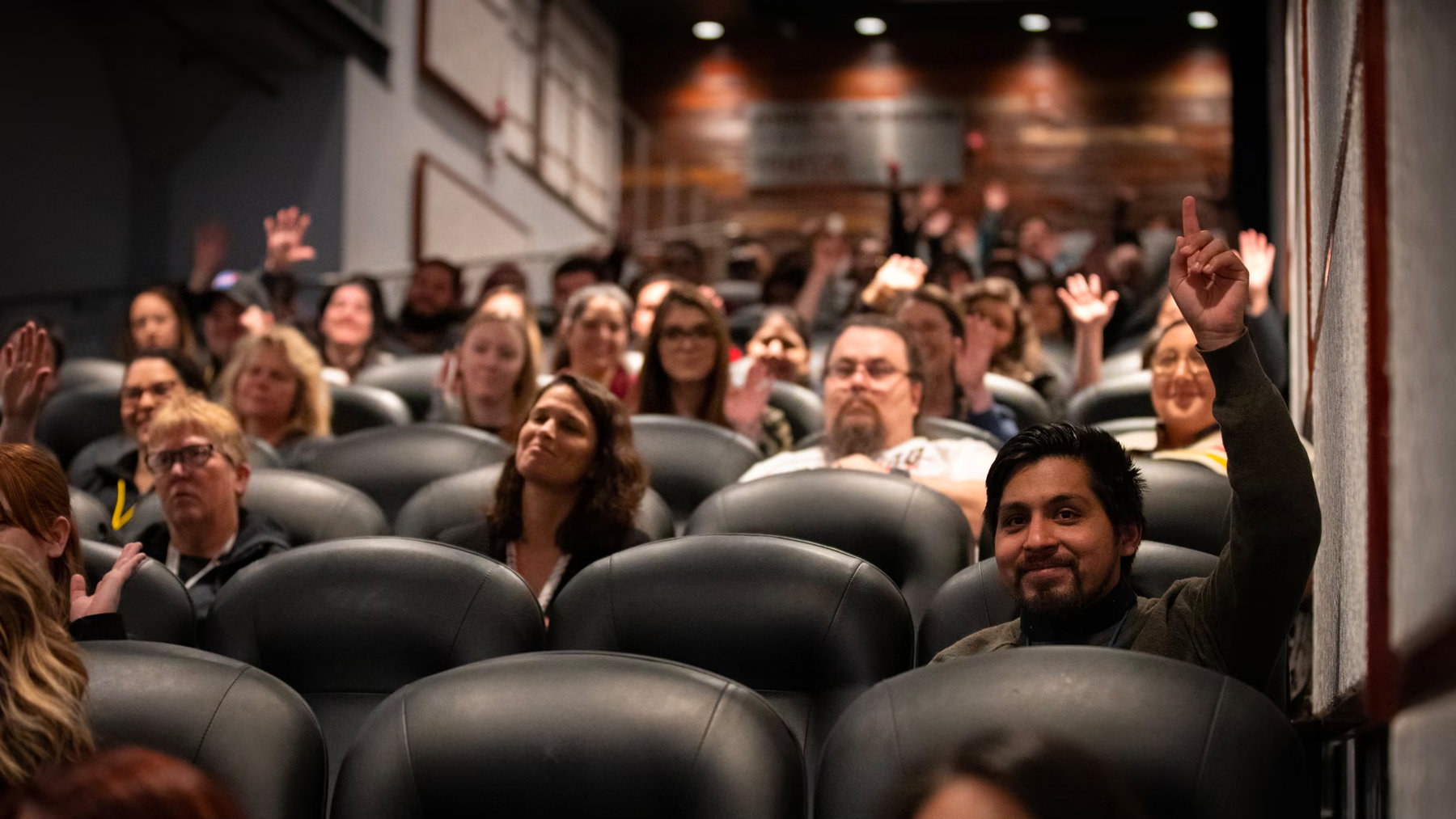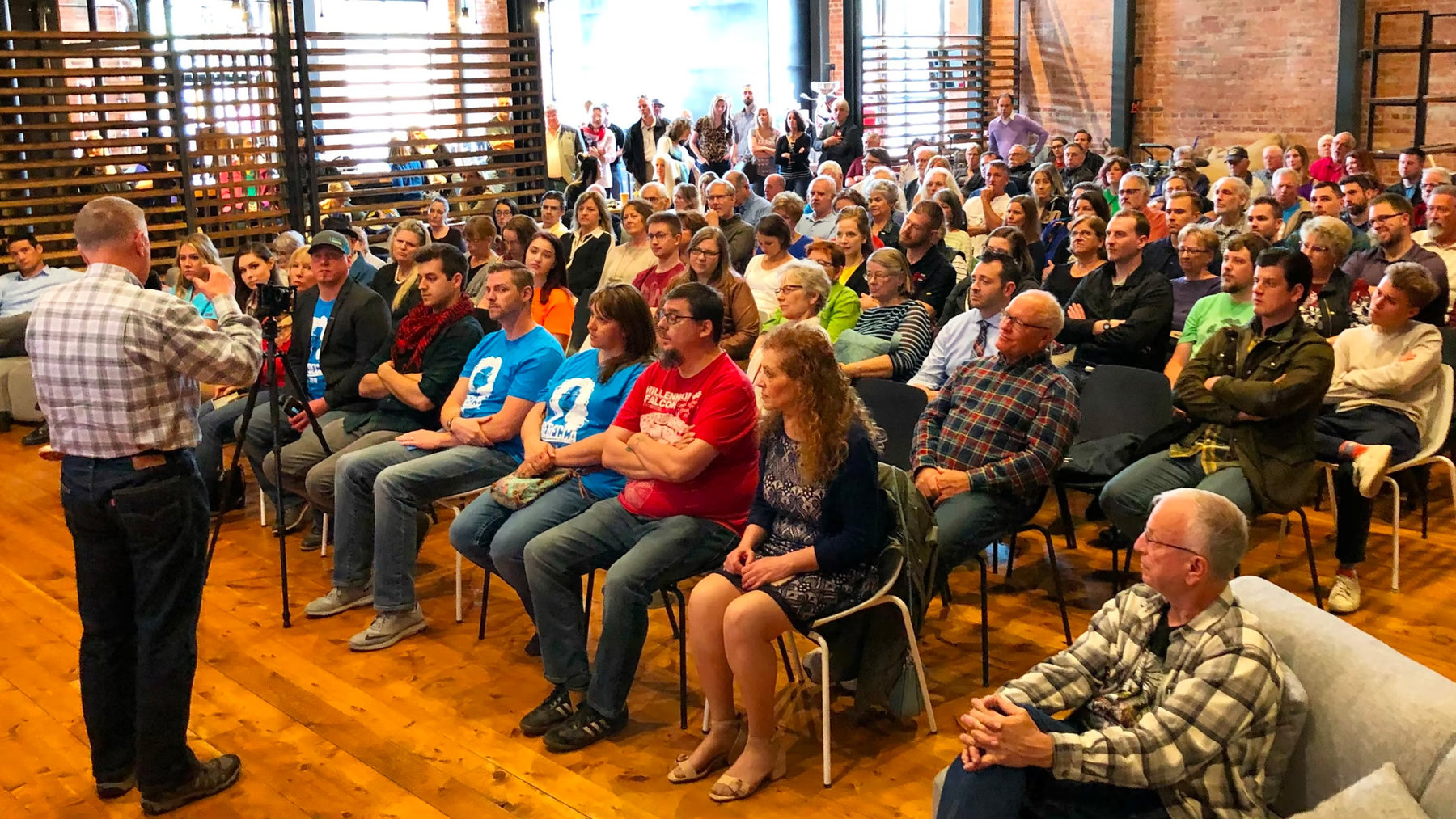When I was in Pittsburgh this past fall for our American Futures reporting series, I was struck by the excitement there about all things tech. The city is a haven for edgy, innovative startups that share the city’s tech oxygen with internationally known tech companies, such as Google and Disney Research, that have sizable operations there. A recent sign of Pittsburgh’s tech magnetism was Apple’s announcement that it is expanding its presence in Pittsburgh, looking for 15,000 to 20,000 square feet of office space in the city’s East End, to be close to the intellectual capital of the University of Pittsburgh and Carnegie Mellon University.
And if you ramble around town, many of the faces you see will belong to people working in technology and tech-related creative industries—some 177,000 of them, according to a 2014 report from the Pittsburgh Technology Council, which also estimates that that number will surpass 200,000 by 2020, in light of the unusually strong prospects for growth there in those industries.
1. Strong universities, with a notable emphasis on working together—and on finding commercial applications for their research
The greater Pittsburgh area is home to over 40 colleges and universities. But the tech sector relies most heavily on two dominant powerhouse institutions: the University of Pittsburgh—the sixth largest recipient of federally sponsored research funding among U.S. universities in 2013, known best for its programs in biological and health sciences, engineering and nanoscience, and philosophy—and Carnegie Mellon University, known best for its program in robotics and its number-one-ranked School of Computer Science.
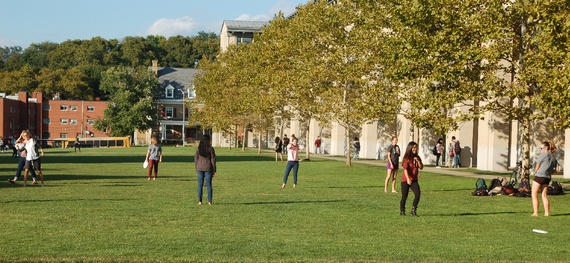
There is a lot of academic and research collaboration between the two universities—an inclination aided by the close proximity of their two campuses (so close that some of their buildings are intermingled). Some of the better known collaborative projects include the Pittsburgh Supercomputing Center, the Pittsburgh Life Sciences Greenhouse, the Center for the Neural Basis of Cognition, the University of Pittsburgh Cancer Institute, as well as the National Science Foundation-supported Pittsburgh Science of Learning Center.
“There’s really great synergy here between the robotics, software, and engineering strengths at CMU and Pitt’s strengths in sciences, energy, materials, and other kinds of engineering, plus the clinical practices at UPMC [University of Pittsburgh Medical Center],” Ilana Diamond, a successful entrepreneur who built her own company and is now the managing director of AlphaLab Gear, a hardware and robotics startup accelerator, told me.
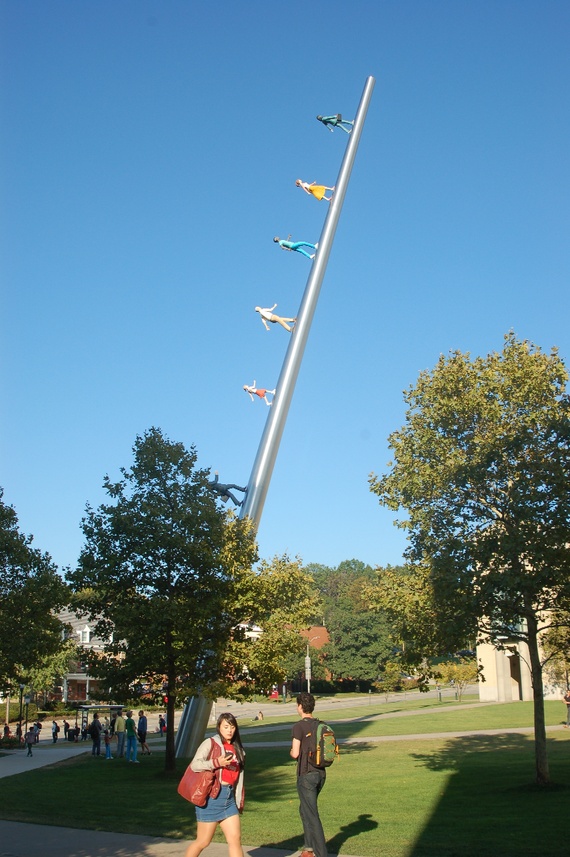
Rich Lunak agreed: “You’d be hard-pressed to go to any other community in the country, except for maybe Cambridge, and find two such large research powerhouses so closely located.” Lunak built his own successful startup company in Pittsburgh years ago and now is President and CEO of Innovation Works, the region’s largest investor in seed-stage companies and one of the most active in the country. Lunak pointed out also that the two main universities both place great emphasis on turning research to practical, commercial ends. He said that, for instance, “Pitt just last year formed an Innovation Institute within the university to advance their successes in entrepreneurship, commercialization, and economic development.”
Those efforts are paying off. The number of patents issued to university-developed technologies doubled between 2009 and 2013, and the number of technology licenses, options, and agreements increased more than 200 percent over the same period. The universities generated over 80 spinout companies in that period through direct licensing activity, according to Innovation Works.
Nowhere else in the world can match the concentration of startup capital available in the San Francisco Bay Area. But Pittsburgh has a strong enough finance sector to support local enterprises.
Local venture funds started to sprout up in the mid-1990s. That’s when the universities for the first time started to form tech-transfer offices and when other components of the city’s tech-support infrastructure got put into place, according to Lunak.
Today, local venture firms like Adams Capital, Birchmere Ventures, and Draper Triangle remain very important. But whereas Pittsburgh startups in the past relied largely on local VC firms for seed capital, now venture capital is increasingly flowing into the area from outside Pittsburgh, according to Audrey Russo, president and CEO of the Pittsburgh Technology Council. Rich Lunak said that in the late 1990s, Pittsburgh’s startup funding from outside investors ranked behind that of cities like Hartford, Connecticut, and Rochester, New York. He says that today, on a per capita basis, “We’re only behind Boston and Austin.”
3. Government involvement, in the right places and to the right extent

Russo told me that it’s important not to overlook the role played by city government over time and by the Commonwealth of Pennsylvania, which has been supportive of tech initiatives for more than 30 years through the Ben Franklin Technology Partners, a program inaugurated by Governor Richard Thornburgh in the 1980s. One of the nation’s longest-running technology-based economic development programs, BFTP provides both early-stage and established companies with funding, business and technical expertise, and access to a network of innovative expert resources. (Innovation Works, which Lunak heads, is the BFTP partner for the Pittsburgh region.) The more recently established Keystone Innovation Zone program is another effort by the state of Pennsylvania to promote tech transfer and entrepreneurship.
4. And, the surprise: being the right size
So, Pittsburgh’s contemporary prominence in the tech sector stems from the presence there of two world-class universities, the maturation of its ecosystem for funding startups, and strong governmental support. All very sensible.
But every single person I consulted on this subject also mentioned yet another factor that I found to be the most interesting of all: the city’s small size, which makes it manageable, friendly, and appealing.
Ilana Diamond put it this way: “People here want to help. When I moved here, I was struck from literally the first visit by how friendly, open, and welcoming people are here. If you’re stuck with a problem, people will say ‘Oh, I know somebody who can help you solve that.’ That seemed to be the attitude. And that’s why my husband wanted to come to CMU rather than accept offers in Boston or Palo Alto. The people here are so collegial and so supportive. And we hear that from entrepreneurs who come to town. They comment on it, too.”
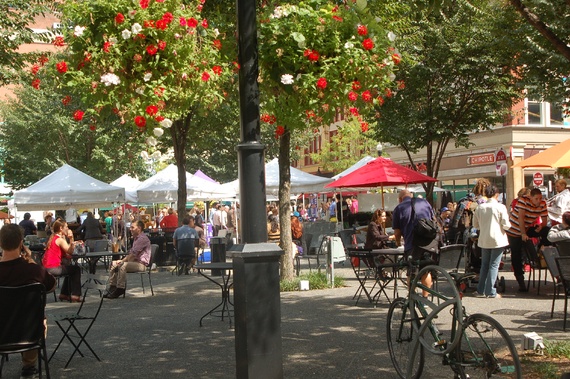
“Pittsburgh is right-sized for an entrepreneur,” Lunak said. “You can move here, start a company here, and know that there are a lot of other companies that are going to create a soft landing if things don’t work out. And you can navigate it. You’re not lost in that ecosystem. It’s easy to find the support you need, to get involved, and get integrated. It’s a city with a Midwestern ethos or sensibility.”
Many forces in the modern tech economy are concentrating industries in large international centers, from London to the Bay Area. Pittsburgh has shown how it can apply variants of those forces in a “right-sized” city to make itself into an important high-tech center.
What Andrew Moore tells prospects when explaining why they should do their research or start their company in Pittsburgh:
Moore told me that the compact geographic footprint of Pittsburgh, combined with its relatively small population, means that there’s “a density effect,” especially in the Oakland area around CMU, Pitt, and UPMC, and in the immediately contiguous areas for two or three miles out. “There’s sufficient density that—compared to other places I’ve lived—it feels more like a college town, where instead of us all being undergrads bumping into each other, we’re now colleagues at every stage in our careers, bumping into each other.”
“There’s a big difference in being able to just wander over to a neighbor’s house on a Saturday night if you don’t have anything else to do, versus all of you looking at your Google Calendars and realizing that seven Saturdays from now you’ll all be free and can commit to driving over the highways to get together at this one person’s house. It really does change the tone of how things are.”
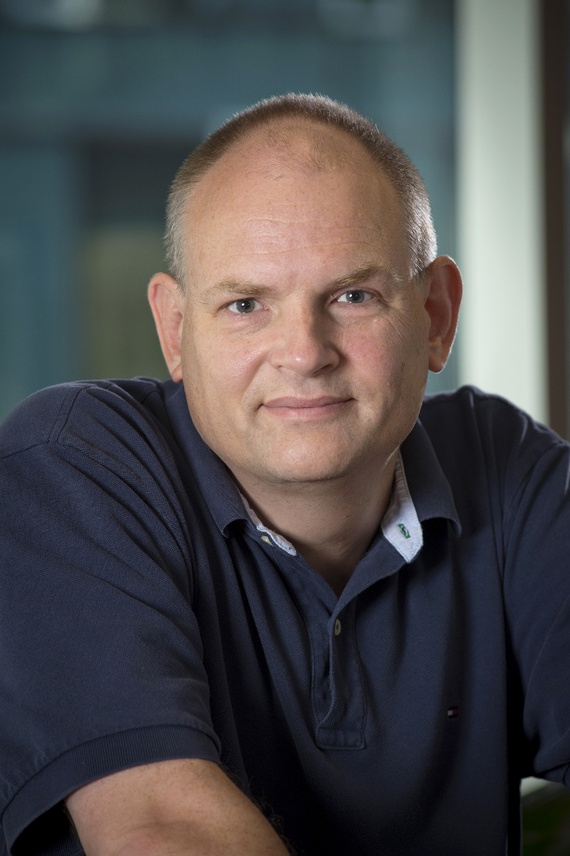
“There’s something special going on in this area,” Moore said. “You have a concentrated population that is both very friendly and very educated. People build friendships easily—at barbecues, dinner parties, discussions at bus stops. Anywhere you go, you might find people talking about Nash equilibria or skeleton-structure optimization. Or you might have a friend who’s looking at fMRI data for helping deal with very sick children. And that person’s talking with someone else who’s very interested in efficient compression of massive amounts of data,” Moore said, with a smile that morphs into a soft, knowing laugh, acknowledging how this might seem to outsiders.
“Yes, we’re all geeky enough that we all actually talk about this stuff. And it’s really enriching. You feel, after a day when you’ve been doing work or socializing, that you’ve learned something and you’ve grown a little bit. And I think the city just lucked out that we have this kind of culture. Even in very high-tech places like the Bay Area, Palo Alto, they have a lot of conversations going on about capitalization and startups and how well our kids are doing at school, but it’s really not quite the same as it is here. I find that here the types of discussions are really much more about things that have an actual scientific, societal impact. There’s something special about that kind of value system.”
Moore noted that Cambridge, Massachusetts, and the area around Harvard Square “may have some of that same sort of thing. It’s at least a close approximation. Maybe Pittsburgh is different, more accessible, because you don’t have to be a multi-millionaire to be part of this culture. So I think here you end up with more people who live in town because it’s affordable to do that here, whereas in Cambridge you probably have these creative, passionate people who have to live a half-hour or an hour out of town and commute in in order to work in these kinds of environments. That’s possibly the difference.”

